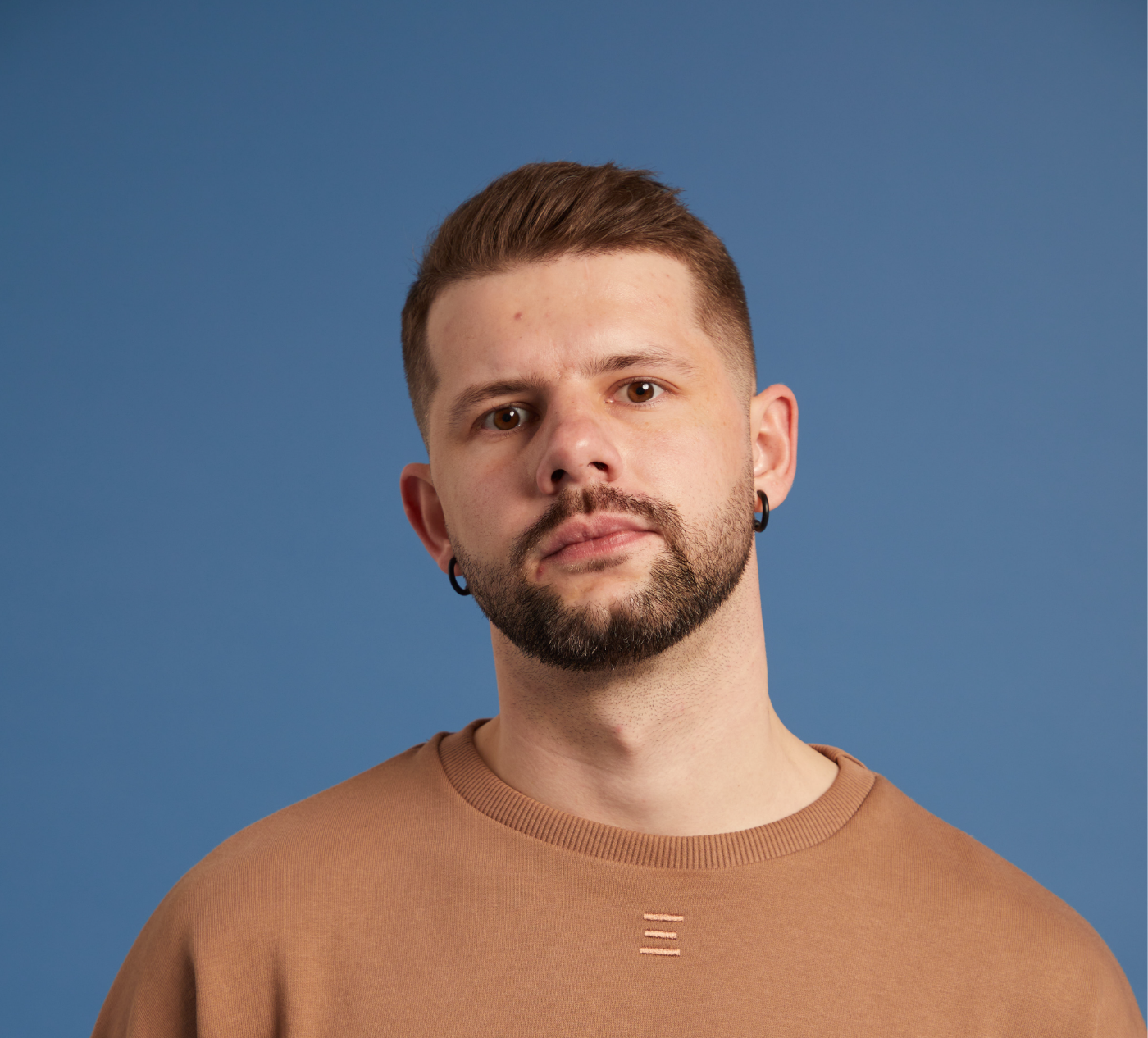Audio Presented by

Transforming SaaS products into juicy brands that stand out and hook. Creative Director, Brand Strategist. Enterpreneur
About Author
Transforming SaaS products into juicy brands that stand out and hook. Creative Director, Brand Strategist. Enterpreneur